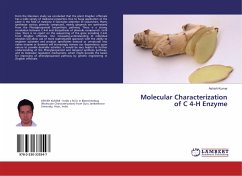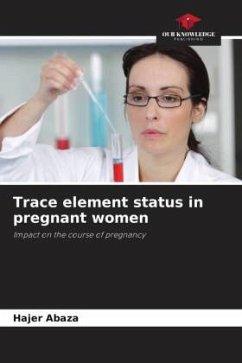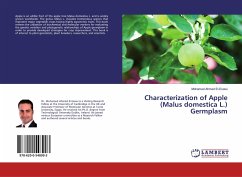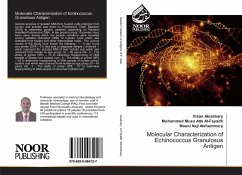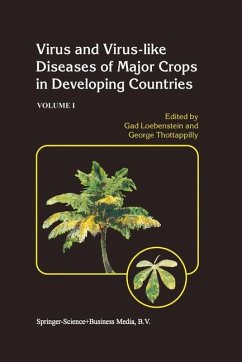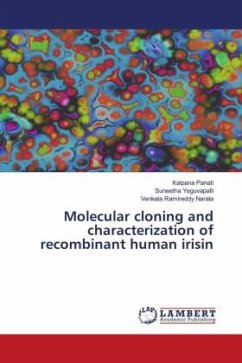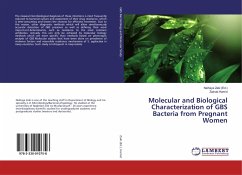
Molecular and Biological Characterization of GBS Bacteria from Pregnant Women
Versandkostenfrei!
Versandfertig in 6-10 Tagen
33,99 €
inkl. MwSt.

PAYBACK Punkte
17 °P sammeln!
The classical microbiological diagnosis of these infections is most frequently reduced to bacterial culture and assessment of their drug resistance, which is time-consuming and lowers the chances for effective treatment. Due to this reason, other diagnostic methods which will allow simultaneously accurate detection of GBS presence as well as defining their most important determinants, such as resistance to the most common antibiotics. Actually, this can only be achieved by molecular biology methods which are more specific than methods based on phenotypic analysis of GBS Molecular studies that ...
The classical microbiological diagnosis of these infections is most frequently reduced to bacterial culture and assessment of their drug resistance, which is time-consuming and lowers the chances for effective treatment. Due to this reason, other diagnostic methods which will allow simultaneously accurate detection of GBS presence as well as defining their most important determinants, such as resistance to the most common antibiotics. Actually, this can only be achieved by molecular biology methods which are more specific than methods based on phenotypic analysis of GBS Molecular studies that have been done on prevalence of virulence factors and macrolide resistance mechanisms of S. agalactiae in many countries. Such study is infrequent in Iraqi isolate.




